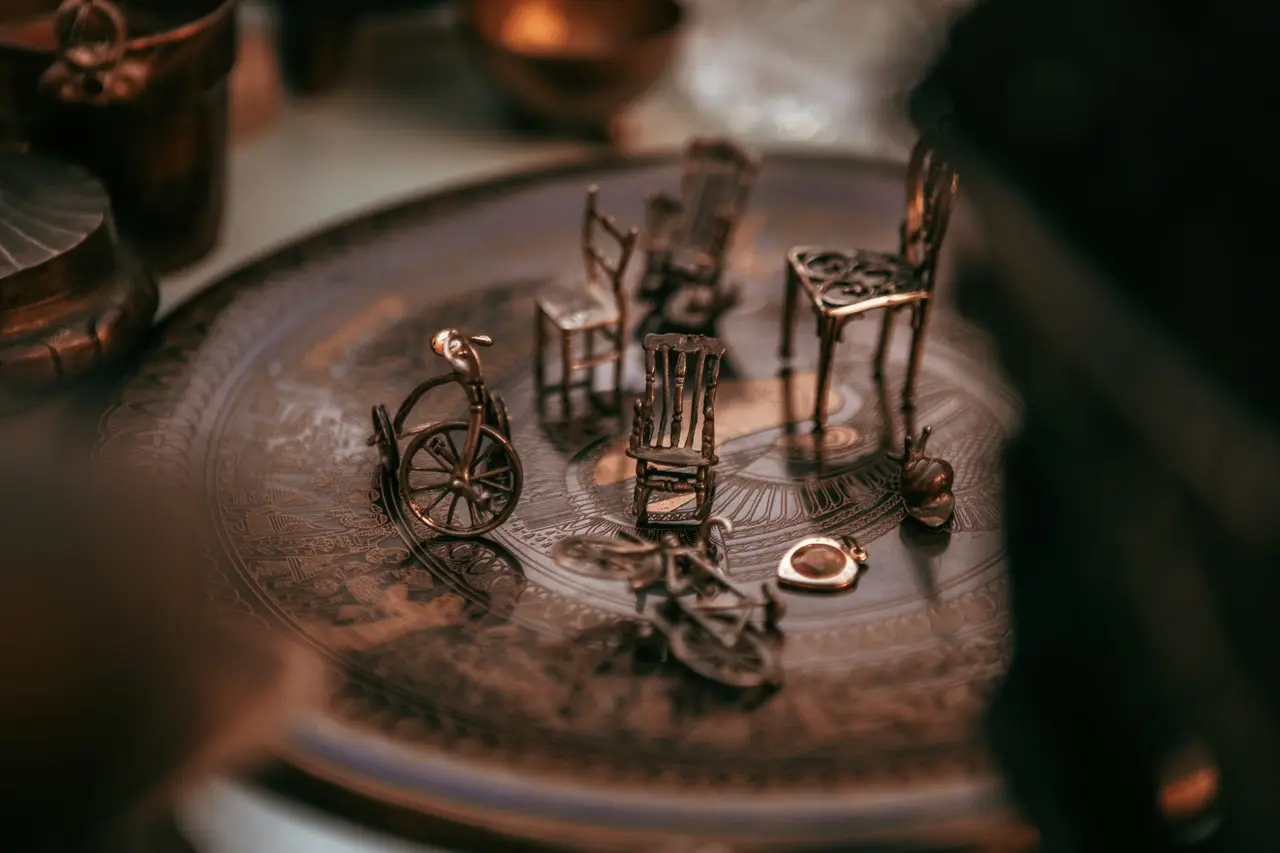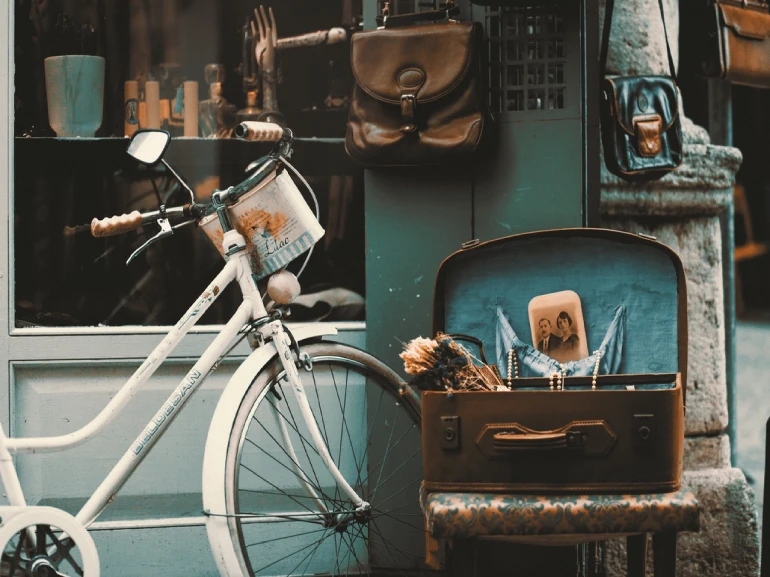One of the biggest mistakes homeowners make with the jewelry, coins, silverware and other antique or vintage items they come across during spring cleaning is to toss them in the trash. They’re often unaware of the value of these items. When they throw them out, they ultimately end up in landfills.
If you have antiques that you want to get rid of in your house, you’ll want to sell them instead of binning them. This is a great way to make some money on the side.
Selling antiques, however, isn’t as simple as uploading the photos on an e-commerce website and waiting for buyers to roll in. You need to learn the tricks of the trade to effectively sell antiques and other items.
Here are some suggestions to help you make the most money when selling antiques:
Take Excellent Photos
A picture, as people say, is worth a thousand words. Photographs make first impressions, especially when prospective buyers scroll through hundreds or even thousands of thumbnail image results.
So, how do you take eye-catching pictures?
You don’t necessarily have to learn professional photography to snap pics that turn browsers into buyers. A studio shot, specifically an object set against a plain background with great lighting, presents a beautiful and crisp photo.
Another suggestion is to group similar antique items into artful arrangements, such as a collection of brass or glassware objects. This will emphasize the depth of inventory and scale. Just remember to specify if the price reflects an individual item or the entire antique set.
Never Settle for the First Buyer’s Offer
Simply taking the first offer that you get for your antiques might be the easy route. This, however, is not advisable.
Professional antique buyers are great hagglers — and you should be, too. Once you have a good grasp of the value of your antique, you can feel confident in your haggling and work with the customer to arrive at the best possible price. This typically involves doing a bit of research to find out the value of your antique.
Be Familiar with the Antique’s Restoration Process

If the antique you have in your home is broken, you’ll need to fix it. You need to learn how to restore antique items, as well as what signs of restoration look like. If you’re going to restore an antique, you’ll want to disclose that to the buyer and not simply pass off the restored piece as an original.
Write Detailed Descriptions About Your Antiques
If you’re going to sell your stuff on a marketplace platform, you’ll need to list your items with pizzazz. This entails finding and using the right keywords for your antiques. You could, for instance, label listing headings categorically by design styles, such as Mid-Century and Art Deco.
When you’re writing descriptions, remember that your goal is to establish trust through truth in advertising. Disclose any defects and offer an honest assessment of the item’s condition. Specificity and transparency contribute to smooth transactions and set realistic expectations.
Sell Your Items in Marketplaces with the Right Vibe

If you’re selling your antiques online, you’ll need to reach the right audience. You can achieve this goal by letting your inventory be your guide.
Some marketplaces provide a selection of affordable merchandise, whereas others tailor toward high-end antiques. Explore the web for online flea market options. Marketplace personalities can overlap, giving you lots of choices. The right choice will depend on whether you’re running a full-fledged antiques business or simply selling stuff online to declutter your home and make money on the side.
Explore Shipping Methods
Shipping costs that go over the purchase price can discourage potential buyers. Distance to travel, amount of padding, weight and size all factor into the cost. Research online marketplaces, consolidated shipping and flat rates to obtain cost-effective and reliable ways to transport antiques.
Consider Auction Houses
Auctions are an excellent place to sell your antique stuff. If you plan to do this, keep in mind the costs that can eat into your profit.
Many major cities or towns have at least one auction house. Pick one or two that are near your neighborhood and find out what they have to offer.
If the antique item has enough value, the auction house will place it on a specialist side. You’ll then receive a contract along with a customer number with the reserve price.
After the sale, you’ll receive an e-mail from the auction house to confirm if your antique item is successful. If the sale is unsuccessful, you could re-enter it into the next auction sale. Take note, though, that you’ll need to pay for the same charges.
Selling antiques can help you make extra money and even declutter your home. Keep these seven tips in mind when selling your stuff.

